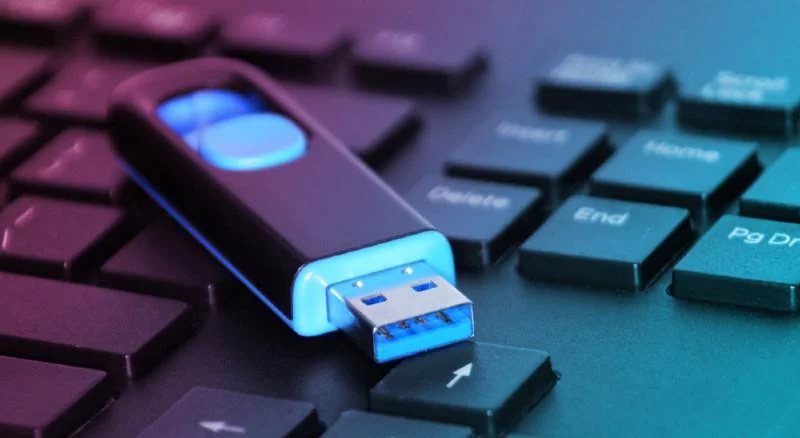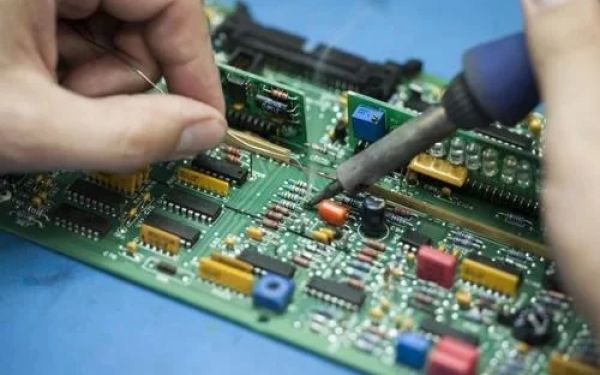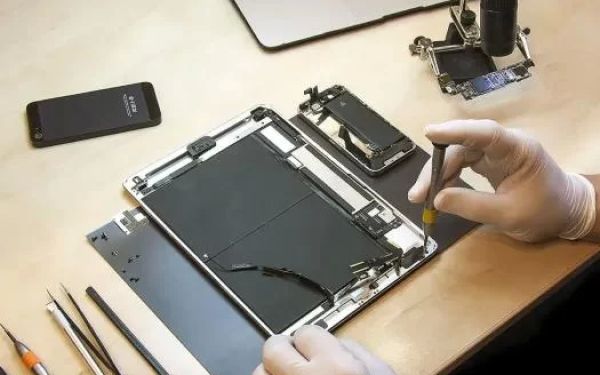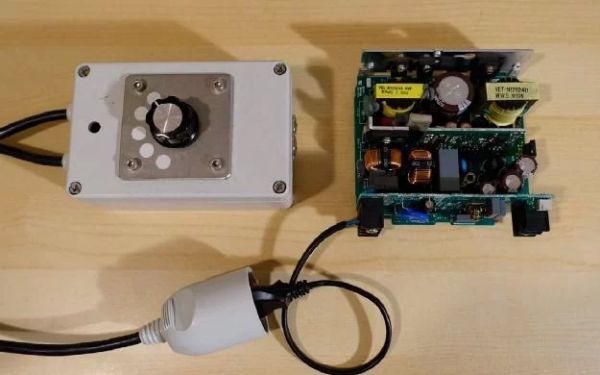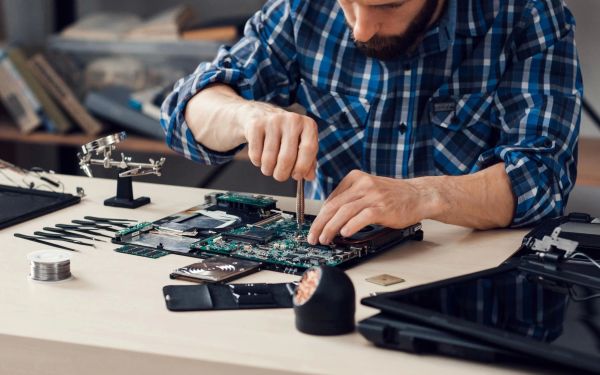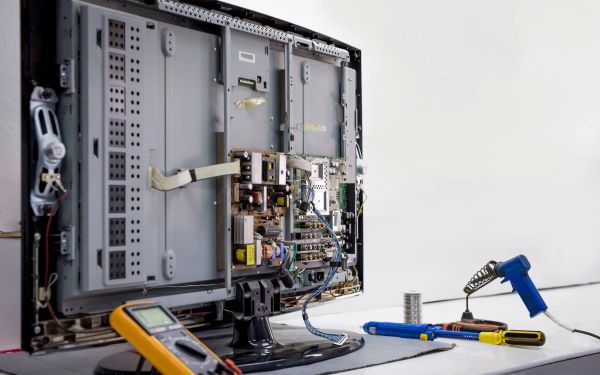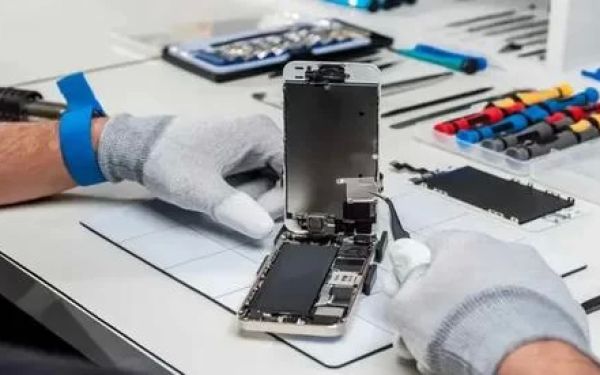How to Create a Bootable USB Drive for Linux Distributions: A Step-by-Step Guide
- Understanding the Need for a Bootable USB
- Preparing Your USB Drive
- Step-by-Step Process to Create a Bootable Linux USB
- Troubleshooting Bootable USB Issues
1. Understanding the Need for a Bootable USB
Creating a bootable USB drive for Linux distributions is a crucial step for anyone looking to install Linux on their computer. Whether you're using it for a fresh installation or to try Linux without altering your main operating system, a bootable USB allows for portability, easy installation, and testing of Linux distributions on any compatible machine.
In this guide, we will walk you through the process of setting up your USB drive, explain why it's useful, and help you troubleshoot common issues.
2. Preparing Your USB Drive
Before you begin the process of creating a bootable USB for Linux, you need to ensure that your USB drive is ready. Here are the initial steps to follow:
- Choose the Right USB Drive: Make sure your USB drive has at least 4GB of space for most Linux distributions. Larger distributions, like Ubuntu, might need 8GB or more.
- Back Up Data: Any data on the USB drive will be erased during the process, so make sure to back up important files before proceeding.
- Download a Linux ISO: Next, download the ISO file for the Linux distribution you want to install. Popular options include Ubuntu, Fedora, and Debian. Visit their official websites to download the latest version.
3. Step-by-Step Process to Create a Bootable Linux USB
Once your USB drive is prepared and you have the necessary files, follow these steps to create a bootable USB for Linux:
- Step 1: Install USB Creation Software: Use a program like Rufus (Windows), UNetbootin, or Etcher (cross-platform) to create the bootable USB. These tools make the process simple and guide you through each step.
- Step 2: Select the USB Drive: Open your chosen software and select your USB drive from the list of available devices.
- Step 3: Choose the ISO File: Select the Linux ISO you downloaded earlier. Ensure that you select the correct file to avoid installation issues.
- Step 4: Configure Boot Options: Some tools will automatically detect the correct settings for the USB drive, but check that the file system is set to FAT32, which is widely compatible for booting Linux systems.
- Step 5: Start the Creation Process: Click the “Start” button to begin the process. The tool will format the USB drive and copy the Linux distribution files onto it, making it bootable.
Once the process is complete, your USB drive is ready for use. You can now proceed to boot your computer from the USB to install or try Linux.
4. Troubleshooting Bootable USB Issues
While creating a bootable USB drive is straightforward, there can occasionally be issues. Below are some common problems and their solutions:
- USB Drive Not Booting: If your system doesn't boot from the USB, ensure the BIOS settings are correct. You might need to change the boot order in BIOS to prioritize USB devices.
- Corrupted USB Drive: If the process fails, try reformatting the USB drive and repeating the creation process. Use a different tool if necessary, such as Rufus or Etcher.
- Incompatible USB Ports: Some USB 3.0 ports may not work correctly for booting on older systems. Try switching to a USB 2.0 port if available.
- Check the ISO File: If your USB doesn’t boot, verify that the Linux ISO file is not corrupted by comparing its checksum to the official one provided by the Linux distribution's website.
By following these troubleshooting tips, you should be able to resolve any issues that arise during the bootable USB creation process.

